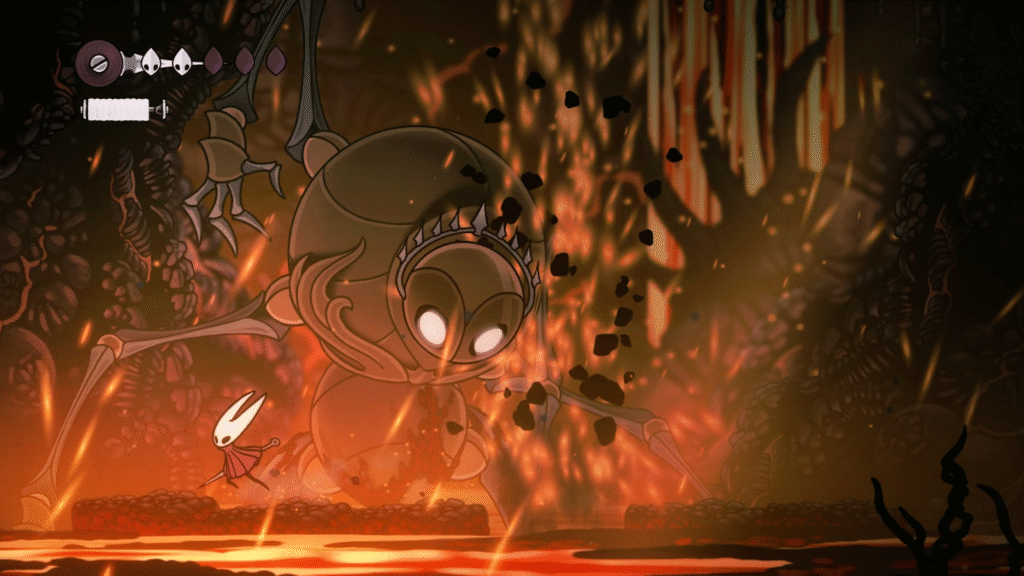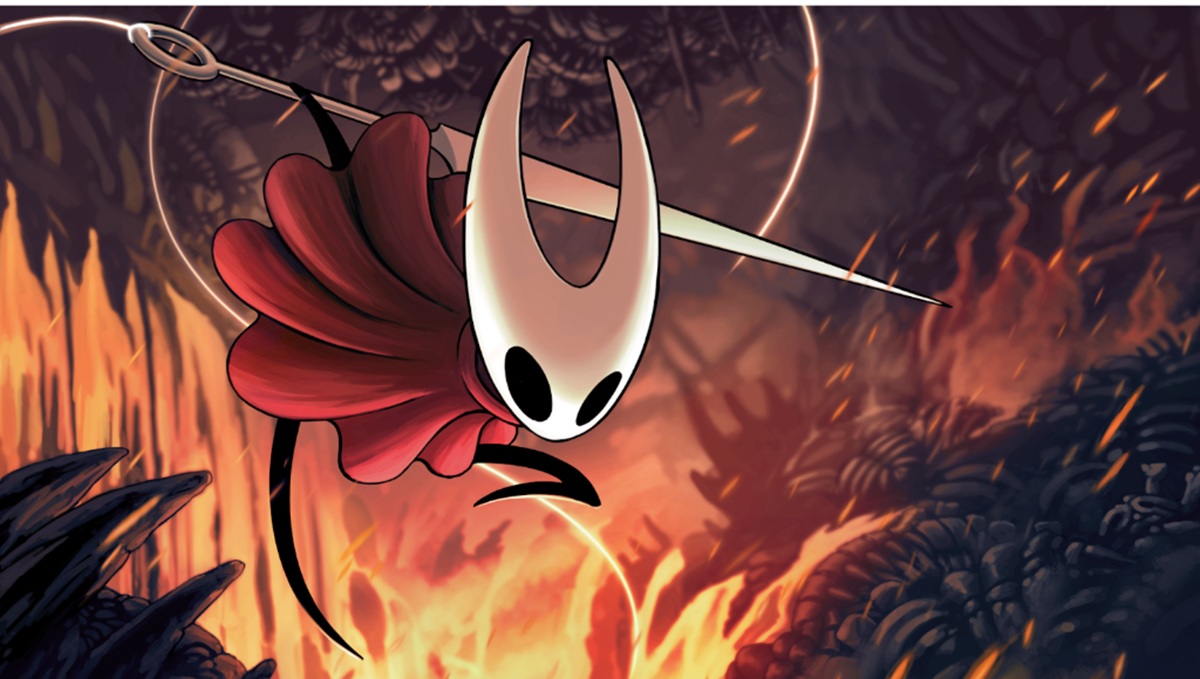In case you hadn’t heard, Hollow Knight: Silksong, from Australia-based Team Cherry, has been out for about a week now and is already one of the best-selling, most critically acclaimed, and most beloved indie games ever made.
Hollow Knight: Silksong is a direct follow-up to the 2017 original, Hollow Knight, which was in active development by its small team for over seven years, according to its creators in a lengthy interview with Bloomberg. The success of the first game afforded them the time, flexibility, and financial stability to take their time and cram absolutely as much as they could into this new sequel. It seems like all that effort has paid off.
Big sales, bigger numbers
Across all platforms (PC, Switch, Switch 2, PlayStation 4, PlayStation 5, Xbox One, and Xbox Series X|S) Silksong is already estimated to have reached over five million players, according to analysts at Alinea Analytics. While that includes Game Pass subscribers and is not reflective entirely of sales, most of its players are reportedly on Steam and paid full price for the game. It’s one of the biggest and most successful single-player indie game launches of all time.
In fact, the launch was so massive that it broke digital storefronts. Silksong was not available for pre-order at all, so the launch day surge of players trying to download the game all at once was so massive that online storefronts such as Steam were down for several minutes. That’s somewhat rare in an age of big data centers — especially for an indie game.
Two days after release, Silksong surpassed 580,000 concurrent players on Steam alone, according to SteamDB. To put that into perspective, that’s already the 17th-highest concurrent player peak number in the history of Steam. PUBG: Battlegrounds still holds the crown for hitting 3.3 million players concurrently over seven years ago.
Silksong debuted on September 4, about six years after its initial announcement. Since the announcement, Hollow Knight itself has seen its multiplatform monthly active user count (excluding Switch) surged 200% to two million users, according to IDG. That makes it one of the “defining releases” of 2025, IDG said.

Hollow Knight: Silksong has an immediately recognizable art style. Source: Team Cherry
Critically, as of the time of this writing, Silksong holds a perfect 100 for its player rating and 92 for its top critic average on OpenCritic. Holding those scores after a full week is remarkable.
But what is it about Hollow Knight that appeals so strongly to gamers right now, and why is it that a 2D Metroidvania made by a small indie studio is finding so much success when so many other developers and publishers are struggling?
The most immediate and obvious answer is that it’s an extremely well-crafted game that checks all of the boxes for what players expect from the genre and delivers on those implicit promises in powerful ways. The Metroidvania genre is known for its massive, labyrinthine worlds overflowing with rich narratives and immersive worldbuilding, mixed with satisfying combat, enjoyable exploration, and skill-based gameplay that rewards persistence.
Not to mention that visually, it’s striking. The aesthetic feels unique and special in a crowded market, which is extremely important for a game to find its footing and stand out.
It’s also punishingly difficult, which is a popular trend right now spurred in part by other extremely successful games such as the Dark Souls series and Elden Ring by From Software. Despite being a solo experience, the high difficulty bar and dense content keep players engaged for longer periods of time as they keep coming back to retry and conquer challenges. This is a large contributing factor to the sustained high player count.
The Hollow Knight games demand precision, patience, and careful planning in all combat encounters and feature several extremely tough boss fights, as well as lengthy stages that require replaying segments when you die. Despite the seemingly emotive and alluring art style, they’re not whimsical games by any means.
Beyond the quality and style of the game, though, Team Cherry already proved their craft with the first entry. By refining, expanding, and iterating on that core concept, they allowed the latent demand and consumer excitement to market and hype the next game for them. As a result, once the release date was revealed to be just a few weeks away, the stage had been set for the game to experience a meteoric rise all on its own.

Large, imposing boss fights are big highlights in Silksong. Source: Team Cherry
Arguably, the most important factor beyond all of that is the price and widespread availability. For just $19.99 on your platform of choice, players get access to dozens of hours of hand-crafted brilliance that’s carefully constructed and balanced just right. There are no in-game transactions, no battle passes, and no loot boxes. That value is a stark contrast to the inflation of triple-A game prices we’ve seen in recent years, which immediately builds goodwill with a player base before they’ve even downloaded the game.
How can a small studio similar to Team Cherry reproduce the success of Hollow Knight? In short, you can’t. The original Hollow Knight was already an outlier and was released in an industry from eight years ago that no longer exists today. Building off of that success, Silksong is even more of an anomaly and serves as an exception to the reality, not a redefinition of what’s possible for small teams.
However, that doesn’t mean its massive launch is without any lessons. Creating a game out of love, passion, and intimate knowledge of a genre and audience is crucial. Pricing your game fairly and nailing the passive marketing of its key art, screenshots, and gameplay snippets is absolutely important.
Having a best-selling predecessor definitely helps, too.


